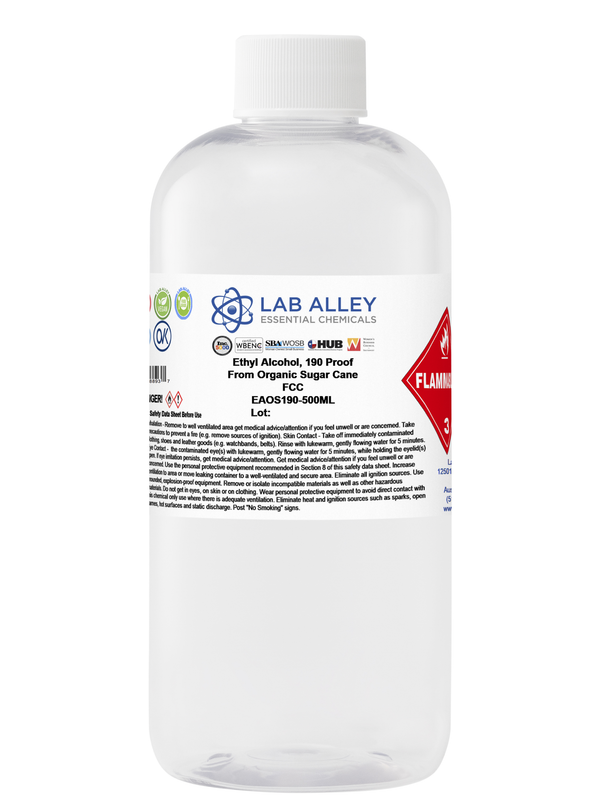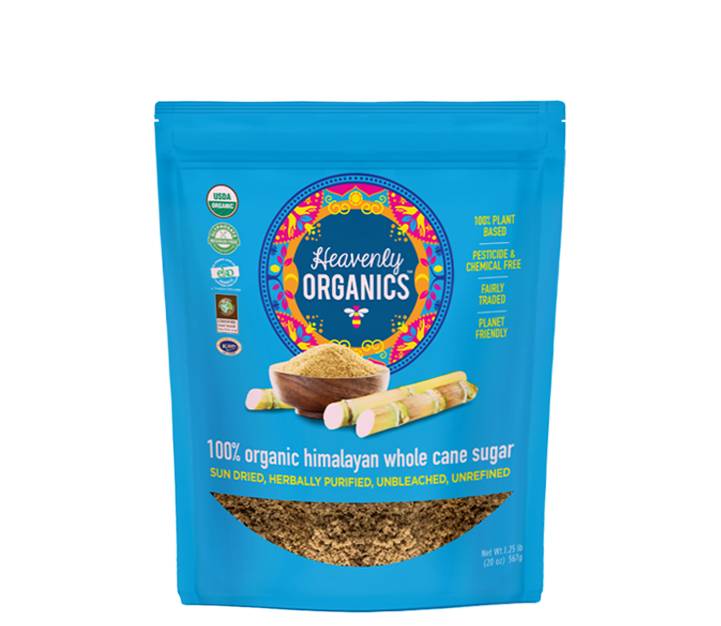What Is Sugar Cane Used For in Pharmaceuticals? Drug Development Potential
Wiki Article
Recognizing the Diverse Roles of Sugar Cane in Agriculture and Production
Sugar Cane plays a critical duty in both farming and production. As a major cash plant, it impacts economic climates in exotic areas. Its versatility prolongs beyond sugar manufacturing to biofuels and naturally degradable products. Furthermore, sugar Cane cultivation advertises dirt health and biodiversity. However, the full scope of its payments and prospective in sustainable methods continues to be to be explored. What cutting-edge actions could improve its duty in future farming systems?The Agricultural Importance of Sugar Walking Stick
Sugar Cane plays an essential duty in agriculture, adding substantially to the economies of many tropical and subtropical regions. This turf types flourishes in cozy environments, calling for enough sunlight and water, making it an excellent crop for these areas. Sugar Cane is mostly cultivated for its high sucrose web content, which works as a crucial basic material for sugar production. In addition, it plays a significant role in dirt conservation by protecting against disintegration and enhancing dirt fertility via its development cycles. Sugar cane's comprehensive origin system aids in water retention, benefiting neighboring plants. In addition, the plant supports neighborhood environments by offering habitat and food for different wildlife types. Farmers frequently incorporate sugar Cane into crop turning systems, enhancing biodiversity and farming durability. The growing of sugar Cane not just fulfills regional food demands but additionally fosters sustainable farming methods, promoting long-lasting environmental health in farming neighborhoods.Economic Contributions of Sugar Cane Cultivation
Sugar Cane is usually overlooked, its economic contributions are significant, specifically in developing nations where it serves as an important cash crop. The growing of sugar Cane creates substantial earnings for numerous farmers, providing source of incomes and promoting country development. As a flexible crop, it supports different markets, consisting of sugar manufacturing, biofuels, and drugs, as a result boosting local economic climates.Moreover, sugar Cane growing advertises task production in farming industries, processing centers, and transportation networks. It also adds to forex revenues through exports, boosting nationwide financial security. In regions such as Brazil and India, sugar Cane plays a crucial function in farming exports, boosting trade equilibriums.
In addition, the plant's spin-offs, like bagasse and molasses, offer further economic opportunities, utilized in energy generation and pet feed. For this reason, the economic influence of sugar Cane expands beyond mere growing, influencing more comprehensive commercial and agricultural landscapes.
The Process of Sugar Production From Walking Cane

The trip from sugar Cane to polished sugar includes a number of key phases that highlight the complexity of sugar manufacturing. Mature sugar Cane stalks are harvested and transported to processing centers. What Is Sugar Cane Used For. The Cane is then squashed to remove juice, which contains a high focus of sucrose. This juice undertakes clarification, where contaminations are eliminated, frequently making use of lime and warmth
Next off, the cleared up juice is vaporized to concentrate the sugar web content. The resulting syrup is then subjected to formation, permitting sugar crystals to form. These crystals are divided from the remaining syrup via centrifugation and washed to eliminate any type of residual molasses.
The last entails refining, where sugar crystals are further purified and blonde, leading to the white granulated sugar commonly utilized in food. This precise process underscores the complex journey from raw Cane to the sugar that plays an important duty in numerous culinary applications.
Sugar Cane as a Source of Biofuels
As passion in renewable resource resources expands, sugar Cane has actually become a substantial candidate for biofuel production. The plant's high sugar material enables efficient fermentation procedures, converting sugars into ethanol. This biofuel acts as a sustainable choice to nonrenewable fuel sources, lowering greenhouse gas discharges and advertising energy sustainability.Countries like Brazil have lengthy made use of sugar Cane for ethanol, developing substantial production framework that sustains both domestic energy demands and international export. The farming of sugar Cane for biofuel has additionally created economic chances, especially in backwoods, where it generates employment and sustains local agriculture.
In addition, sugar Cane biofuels can be integrated into existing gas systems, making them a useful solution for moving far from conventional energy resources. As technical developments continue to enhance manufacturing performance, sugar walking cane's role in biofuel growth is positioned to increase, further contributing to worldwide efforts towards sustainable power adoption.
Innovative Usages of Sugar Cane in Biodegradable Plastics
An expanding variety of researchers and makers are exploring ingenious uses of sugar Cane in the manufacturing of biodegradable plastics. Sugar walking stick, abundant in sucrose, can be processed to establish polylactic acid (PLA), a biopolymer that serves as a choice to petroleum-based plastics. This bioplastic can be used in various applications, including packaging, non reusable flatware, and farming movies.Using sugar cane-derived PLA offers a number of advantages, such as decreased dependence on fossil gas and the capacity for reduced carbon emissions during production. Furthermore, sugar walking stick's renewable nature makes it an appealing selection in the mission for lasting products. Recent improvements in processing strategies have actually boosted the performance and cost-effectiveness of generating these bioplastics, cultivating better adoption in the market. As the demand for environment-friendly options grows, sugar Cane stands apart as a beneficial resource in the change in the direction of greener production techniques.
Ecological Advantages of Sugar Cane Farming

Additionally, sugar Cane calls for less water contrasted to other plants, making it appropriate for farming in dry areas. Reliable use crop deposits, such as bagasse, can lessen waste and provide sustainable energy sources. Furthermore, sugar Cane farming can facilitate the establishment of agroforestry systems, developing a synergistic connection between trees and crops. These practices not just safeguard the atmosphere however also promote sustainable agricultural techniques, inevitably profiting neighborhood areas and ecosystems.
The Future of Sugar Cane in Sustainable Practices

Additionally, the possibility for sugar Cane to add to renewable resource sources is obtaining traction. Biofuels derived from sugar Cane can especially reduce carbon discharges contrasted to fossil gas, lining up with international environment objectives. In addition, improvements in waste monitoring enable for the utilization of by-products, further decreasing environmental effect.
Research study into drought-resistant sugar Cane varieties is additionally underway, supplying strength against climate modification. As stakeholders across the industry welcome these lasting practices, sugar Cane is positioned to play a crucial duty in cultivating agricultural sustainability, guaranteeing its importance in future markets and contributing positively to ecological equilibrium.

Often Asked Questions
How Does Sugar Cane Affect Dirt Wellness and Fertility?
go now The influence of sugar Cane on soil wellness and fertility is significant. Its comprehensive root system enhances soil framework, while raw material from decomposing leaves adds essential nutrients, advertising overall fertility and supporting varied microbial life.What Are the Labor Conditions for Sugar Cane Employees?
Labor problems for sugar Cane employees vary widely, frequently characterized by lengthy hours, reduced earnings, and unsafe settings. Several face obstacles such as absence of accessibility to healthcare and inadequate safety steps versus harmful problems.Can Sugar Cane Be Grown in Non-Tropical Climates?
Sugar Cane usually flourishes in exotic climates because of its warm and humidity demands. Certain non-tropical regions may efficiently grow it through particular farming methods, though returns and top quality may be significantly decreased.What Pests Generally Endanger Sugar Cane Crops?
Bugs harmful sugar Cane plants consist of the sugarcane borer, aphids, and nematodes. These organisms can significantly impact crop yield, requiring efficient pest management approaches to guarantee healthy and balanced development and optimize farming productivity.How Does Sugar Cane Growing Effect Resident Communities?
The cultivation of sugar Cane considerably influences regional communities by offering employment possibility, boosting economic development, and influencing social frameworks. In addition, it can result in ecological obstacles, impacting agricultural methods and area wellness in the region.Sugar Cane is mostly cultivated for its high sucrose material, which offers as a critical raw product for sugar manufacturing. Farmers frequently incorporate sugar Cane right into plant turning systems, improving biodiversity and farming strength. The journey from sugar Cane to polished sugar entails several crucial phases that highlight the complexity of sugar manufacturing. The final stage includes refining, where sugar crystals are further cleansed and bleached, resulting in the white granulated sugar frequently utilized in food products. The plant's high sugar web content allows reliable fermentation procedures, transforming sugars right into ethanol.
Report this wiki page